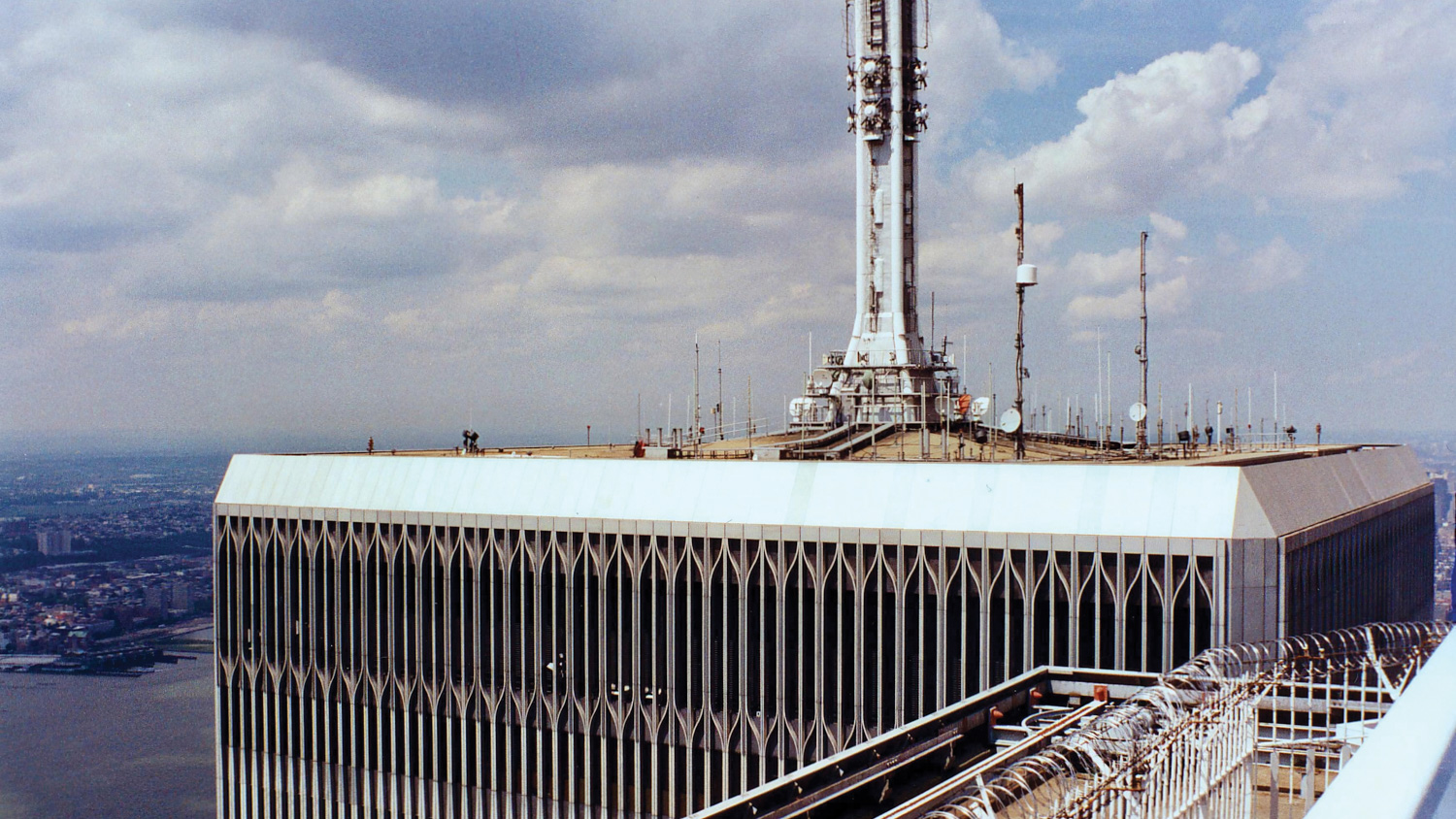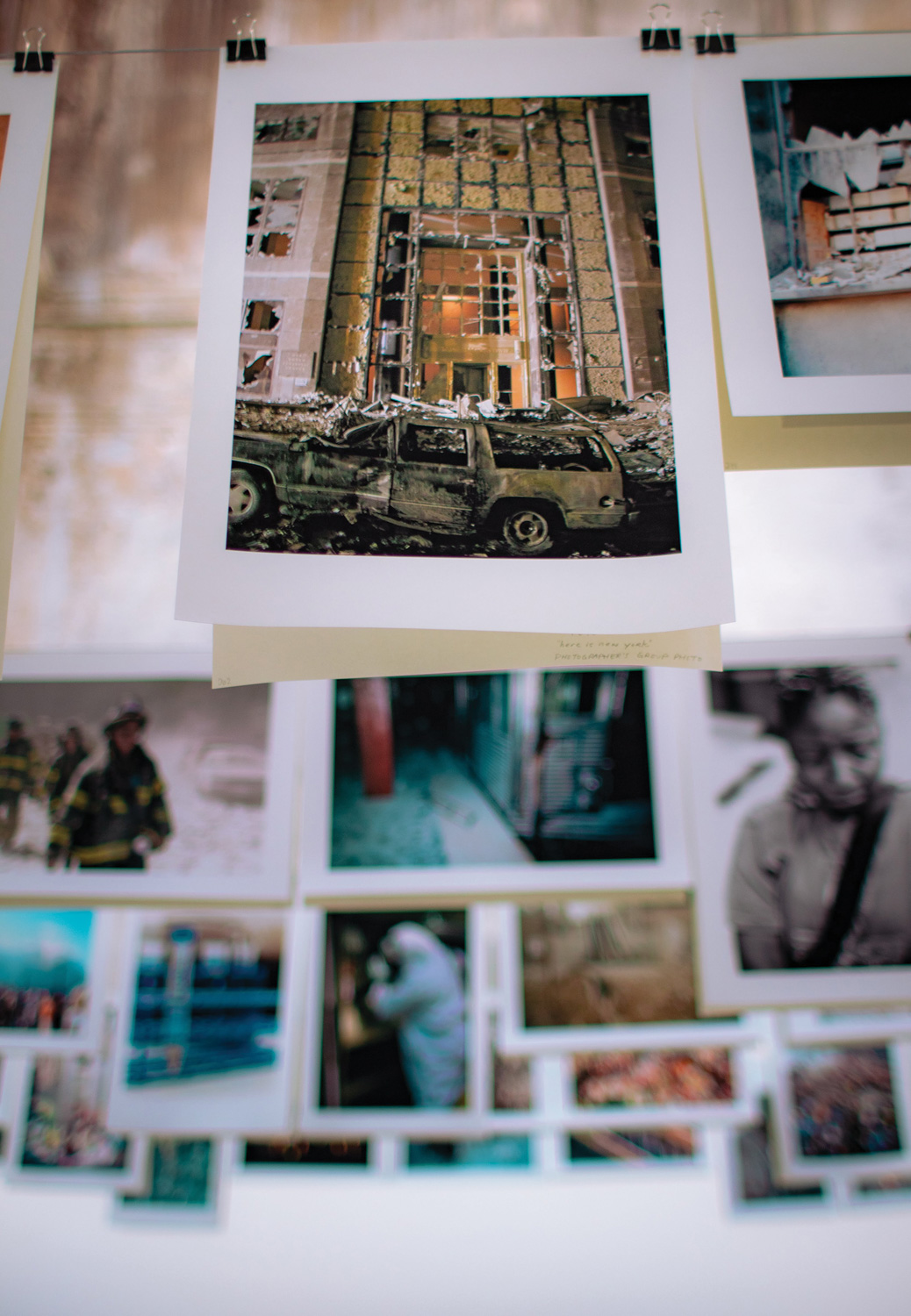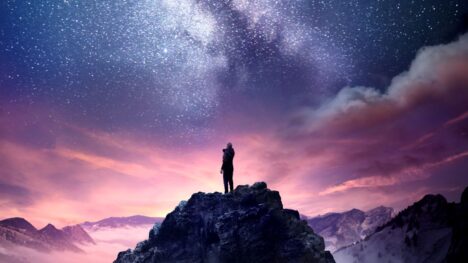
The truly odd thing about September 11, 2001—at least to this American, 20 years after the event—is how utterly normal the day began across the nation.
The weather that day was pleasant, balmy, not too warm and certainly not too cold. Video footage from New York and Washington, DC showed clear and sunny skies. It was the kind of day urbanites longed for, one where they could enjoy walking to work or stepping outdoors for a lunchtime break.
New York City is my hometown. It’s where I was born some 44 years prior to 9/11, it’s where I went to school and it’s where I married my wife, Jean, some 18 years before that fateful day. We met and dated in New York City, and I proposed to her on a horse-drawn carriage ride on Fifth Avenue.
If you said that New York is in my DNA, and you wouldn’t be wrong.

Fred Mioon—Unsplash
It’s the city where my parents lived, and where my mother passed to her rest some two months before that tragic Tuesday morning. It may sound odd, but in looking back on 9/11 and its proximity to my mother’s death from cancer, it seemed a blessing of sorts that she passed away when she did. I believe the shock of the 9/11 terrorist attacks would have severely damaged her emotional and physical health, because New York City was her hometown too.
Ironically, during the days following my mother’s funeral and burial, Jean and I discussed a visit to the top of the World Trade Center towers, where an indoor observation deck afforded an amazing view of the city. Because of other tasks, I suggested we defer that visit to another time; surely the twin towers would always be there.
How little did I know. How little did any of us know.
Eight years before the 11th of September attacks, Jihadist terrorists detonated a truck bomb inside the basement carpark of the North Tower. They caused relatively minor damage; the perpetrators were caught, tried and convicted; and life returned to its usual pace. The notion that someone—anyone—could turn a jet aircraft into a flying missile capable of bringing down massive skyscrapers and killing thousands of innocents was beyond most of our imaginations.
Until it happened, in real time, on our television screens—when the second plane collided with one of the buildings in front of our eyes.
On the morning of September 11, my wife and I were in our apartment in Marina del Rey, California, on the west side of Los Angeles, one block from the Pacific Ocean. Jean was up before me, but not for long. She said I needed to see what was being shown on television: scenes of fire, panic and confusion in both New York City and Arlington, Virginia, adjacent to Washington, DC— where the Pentagon is located.
We didn’t know it initially, but a fourth plane was hijacked— with the goal of striking the US Capitol where the United States Congress meets. That flight—United Airlines Flight 93—was brought down by brave resisters who combated the hijackers and crashed the flight near Shanksville, Pennsylvania. Led by Christian Todd Beamer, the passengers who took on the terrorists reasoned amongst themselves that they could avoid greater tragedy by rushing the cockpit, given their lives were in peril regardless of the outcome. Beamer’s rallying cry: “Let’s Roll!”
Another Flight 93 passenger whose sacrifice saved lives on the ground was Mark Bingham. He was a public relations advisor in the technology industry, based in San Francisco but flying from New York that day. He was a professional contact of mine—I was a technology journalist at the time—and a voicemail from him was on my phone on September 11.

Wiki Commons
There were, of course, a myriad other heroic acts that day. The Reverend Mychal Judge, a Catholic priest and New York Fire Department chaplain, was struck by debris from the collapsing South Tower of the World Trade Center while he was praying for victims in the North Tower’s lobby. The photo of several firefighters and others carrying his lifeless body out shortly before the North Tower collapsed is one of the many infamous images from that day.
At the Pentagon which had been struck by one of the hijacked planes, photos documented then-Secretary of Defense, Donald Rumsfeld, working to aid victims there, despite being in his late 60s at the time, and despite concerns for his own safety. Ironically, Rumsfeld’s death was announced on the day these words are being written.
Countless others worked to clear rubble and debris to try and help find bodies and remains at Ground Zero so as to give families of the victims closure. Still others worked to help families left without mothers and fathers because of the attacks. And during the 20 years since that day, countless efforts have been made—and more are likely to be renewed during this anniversary—to make sure none of the victims are forgotten.
The other memory of that day for me in Los Angeles was the absence of people on the streets and highways. Roads that were normally jam-packed with traffic were all but empty. Understandably, air traffic in the United States—as well as inbound flights from overseas—were suspended.
People didn’t know what other “surprises” the day would bring, whether there was an actual state of war, whether we were under attack from a specific nation or what was happening. It turned out that the enemy was not a sovereign state, but rather terrorist organisation Al Qaeda—a revelation which was used by the President George W Bush and the White House to begin an offensive in the middle east which we are still dealing with. It would be a decade before Osama Bin Laden, a Saudi national who headed the group, would be tracked down and killed. Even after Bin Laden’s death, it would be another decade until America would widthdraw from Afghanistan—a recent event which we are still seeing the repercussions of.
It is said in the days following the attack that Americans turned to houses of worship more than at any other time in recent memory; churches, synagogues and even mosques were packed with congregants. Muslims in America—and those such as turban-wearing Sikhs mistakenly believed to be Muslim—were attacked in incidents of hatred. But while some turned to hate, many turned to God—or their individual conception of Him—for solace and guidance.
For some, the 9/11 attacks were viewed as a sign of the apocalypse. Those who studied the Scriptures more carefully realised this was not the case, but it provoked a rash of prophetic speculation nonetheless.

Erics Photography—Getty Images
Sadly, that feeling—of a need to turn to God—did not last long. Once the shock wore off, once the debris fields were contained for cleanup, once life returned to “normal” for most of us, it was easy, perhaps necessary, to compartmentalise the experience and return to daily life. Such was not easily possible, of course, for the friends and relatives of those killed during the attacks. More than one survivor—who either escaped the World Trade Center or the Pentagon, or whose absence from their office spared their lives that day—had to deal with the emotional aftereffects.
Still, after two decades of living “post-9/11,” one of the more remarkable things for this American observer is how ordinary and unspectacular that day began. Perhaps it will be similarly benign on that day when a small cloud, no larger than a man’s fist, is seen in the eastern sky, heralding the return of Jesus and a final, total, everlasting end to terror, heartache and grief.
Mark A Kellner is a national reporter for The Washington Times and a former news editor of Adventist Review and Adventist World magazines. The author of three published books, he lives with his wife in Mesquite, Nevada, USA.








